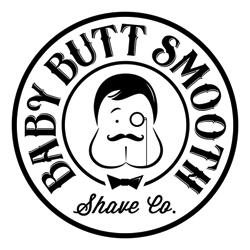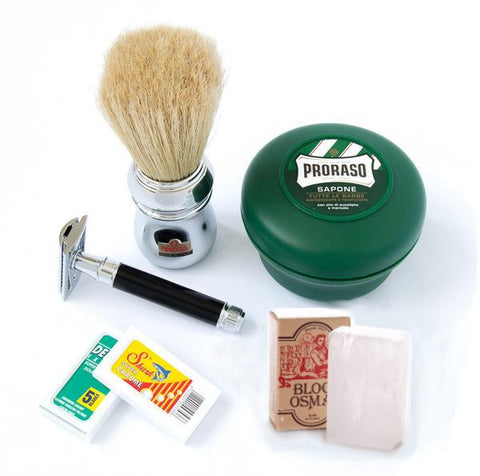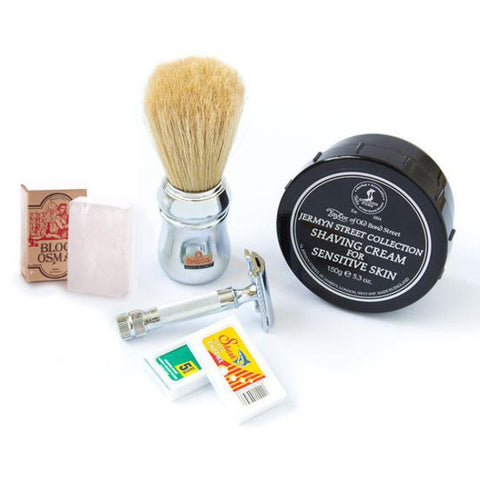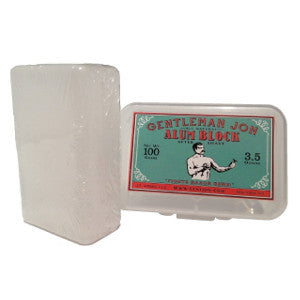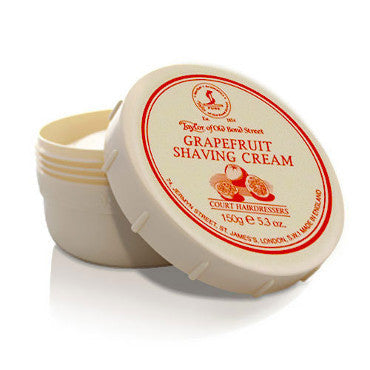Shaving Against the Grain: How to Map Your Facial Hair

One of the most common questions we hear about shaving, is whether you should be shaving against the grain or shaving with the grain. This is an important topic to understand since it can determine how close of a shave you achieve as well as cause irritation if not understood correctly. Even though we recommend wet shaving with a traditional safety razor, this topic applies to shaving with any type of razor. So if you are wondering how to get a closer shave or how to reduce razor burn, bumps, or irritation, read on.
The first thing you'll need to understand is some of the terms used when describing the direction in which you shave. Here is a short glossary of terms that we’ll be using in this explanation.
Mapping You Facial Hair
To get started, you’ll first have to understand the direction of your of facial hair grain. Much like the wood grain in a tree, the grain of your facial hair is unique to you and can vary dramatically from person to person. Start by letting your facial hair grow for two to three days to get a good amount of visible stubble. Examine the hairs to identify in which direction they are growing from your face. The direction will likely be different on separate sections of your face so make sure to take note of this. If you are having trouble identifying the direction, consider using a credit card or other stiff card to drag across your skin to determine the direction. When doing this, use auditory and tactile feedback to identify the direction that the card best glides across your skin without resistance.
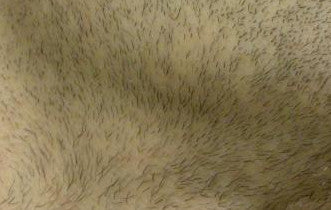
Next you’ll want to document the direction of your hair growth for future reference. Print the below diagram and draw arrows in each section of the grid to indicate which direction your hair is growing. This diagram will be a great reference when you are first beginning and will soon be memorized after several shaves.

So, In Which Direction Should You Shave?
Now that you understand how your facial hair grows, it’s time to decide if you should be shaving against the grain, across the grain, with the grain, or a combination of these. Each of these methods offers their own pros and cons specific to closeness of the shave and amount of irritation.

Shaving with the grain is the safest method for avoiding irritation, but may not offer the closeness you are trying to achieve. Shaving against the grain will allow you to get the closest shave possible, but may come at the cost of severe razor burn, bumps, or irritation. The across the grain pass will be somewhere in between these two extremes. The right method is going to vary from person to person, but here are some general guidelines to get you started.
- If you are new to wet shaving or struggling with irritation and razor burn, begin by only shaving with the grain (WTG).
- Use multiple passes (two or three) to slowly reduce the length of your facial hair.
- Always begin by using a with the grain (WTG) pass and progress to more aggressive passes, if needed.
- If you have spots that get irritation while others don’t, then reassess your grain to make sure you are shaving in the right direction.
It’s important to take your time and get to know your face in order to get a close, irritation-free shave. If an against the grain pass provides you with a great shave without irritation, then go for it. If no matter what you do, shaving against the grain causes irritation, then stick to the less aggressive passes.
For more useful tips to get a closer shave, read our post on How To Get a Closer Shave and Prevent Razor Burn. If these techniques have helped you improve your shave, please share with friends and let us know by commenting below. If you are interested in enjoying a traditional wet shave of your own and don’t yet have a safety razor, head over to our store to shop the wet shaving kits we have to offer.
